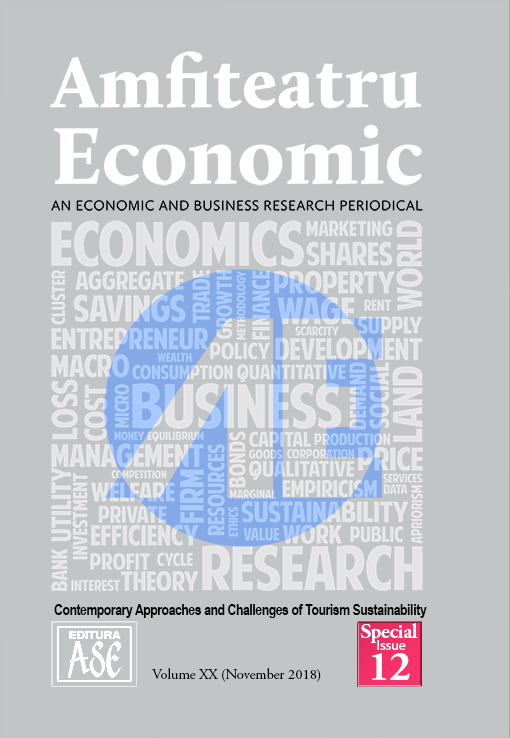DISPARITIES IN TOURISM DEMAND OF UNESCO DESTINATIONS
DISPARITIES IN TOURISM DEMAND OF UNESCO DESTINATIONS
Author(s): Stanislava Pachrová, Eva Janoušková, Jitka RyškováSubject(s): Economy
Published by: EDITURA ASE
Keywords: cultural tourism; marketing research; visitor profile; destination management; data analysis; UNESCO; Czech Republic
Summary/Abstract: This paper clarifies disparities in tourism demand of some chosen UNESCO destinations in the Czech Republic, which is located in Central Europe. The Czech Republic, despite its relatively small area, is an important destination for cultural tourism ‒ a large number of unique cultural and other historic monuments are located on its territory. Twelve of those historic monuments are inscribed on the UNESCO World Heritage List, including the Czech capital, the city of Prague. As capitals are usually very different from the regions as far as tourism demand is concerned, another separate study area was chosen for this case ‒ the Vysočina Region located in the middle of the Czech Republic. This region has the most UNESCO World Heritage Sites of all the Czech regions ‒ there are three of them there: Telč, Třebíč and Zelená hora in Žďár nad Sázavou. Within the framework of developing a new regional tourism strategy and at the request of the Regional Authority of the Vysočina Region, an extensive marketing survey among visitors to the region was carried out. This research was done by the College of Polytechnics Jihlava in 2014-2015 and within it, various characteristics of tourism demand in all three UNESCO destinations were gathered. The research provided background information for creating visitor profiles of the destinations. Primary data obtained from the questionnaire survey enabled, after being processed by various mathematical and statistical methods, a comparative analysis of the chosen UNESCO destinations in Central Europe in terms of tourism demand. Its results show, e.g. that all surveyed destinations attract mainly one-day visitors, but not all of them regard a visit to unique cultural heritage sites of those destinations as their main reason for travelling there. The research results show not only new visitor profiles of the UNESCO destinations in the smallest statistical unit (the municipality), but they can also be used by destination management for planning customised tourism development strategies. Moreover, the study gives a comprehensive picture of tourism demand, which is important for the regional policy. Finally, the paper can be used as a case study for sustainable development of tourism in other UNESCO destinations.
Journal: Amfiteatru Economic
- Issue Year: 20/2018
- Issue No: SI 12
- Page Range: 1040-1054
- Page Count: 15
- Language: English

